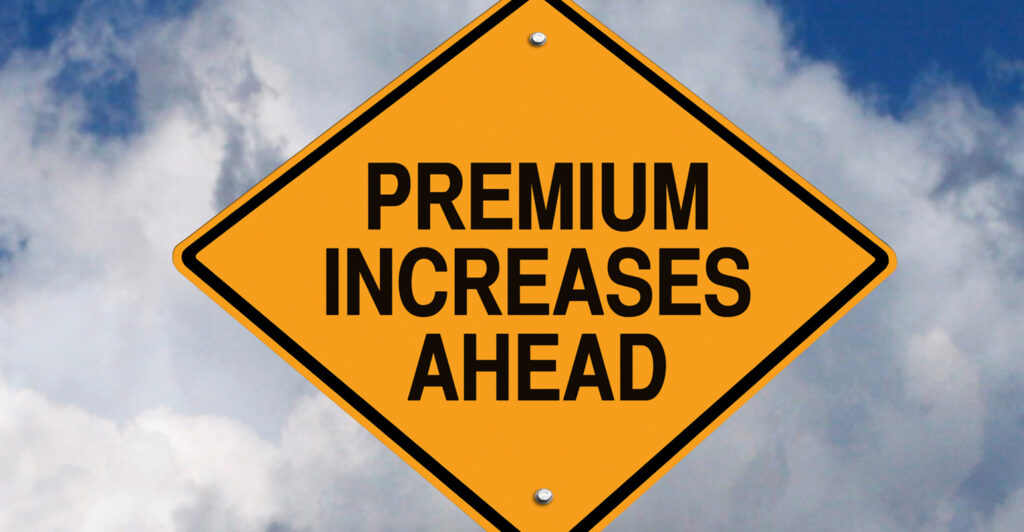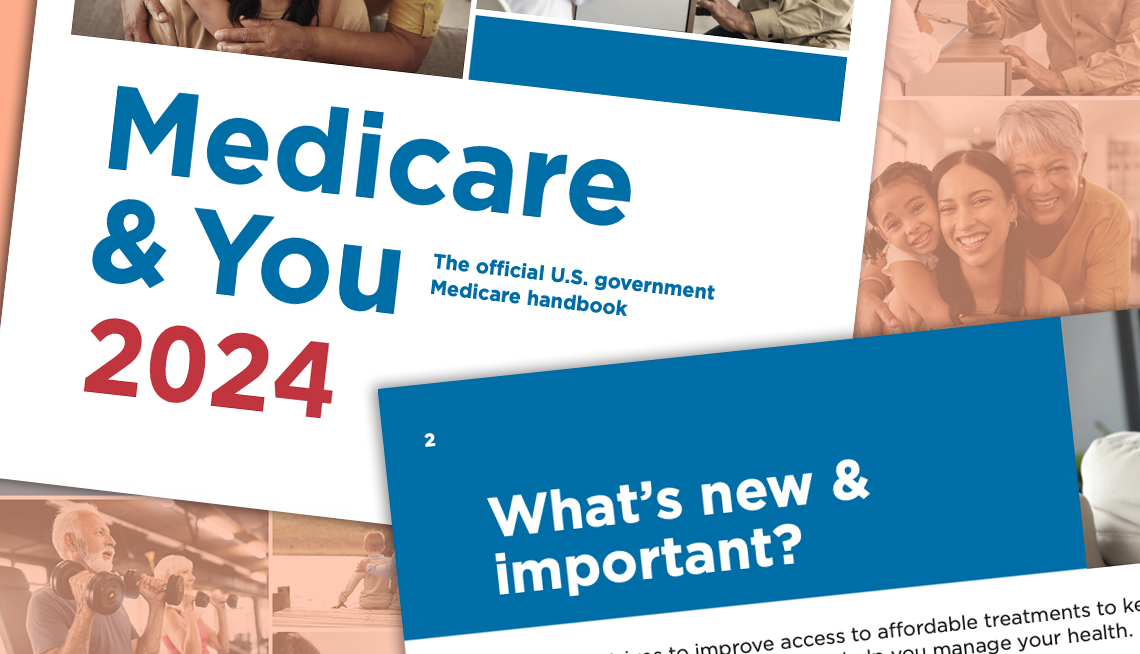
When you notice a Medigap premium increase, it’s natural to feel concerned. Medigap, also known as Medicare Supplement Insurance, is designed to cover costs not included in Medicare Parts A and B. These premiums can increase due to inflation, changes in Medicare laws, or a provider’s administrative costs. It’s important to know that companies can only raise premiums for everyone in your category, not just you individually, and they must get approval from the state to do so.
Factors Contributing to a Medigap Premium Increase
Several factors can contribute to rising Medigap premiums. These include medical inflation, which is the rising cost of healthcare services and the increased use of healthcare by the population. Also, as beneficiaries age, they typically use more healthcare services, which can lead to higher premiums. Additionally, changes in Medicare’s rules and coverage can lead to adjustments in what Medigap covers, impacting premium costs.
Immediate Steps to Take
Once you’re aware of a Medigap premium increase, review your Medigap policy’s benefits compared to your healthcare needs. Assess whether you’ve utilized services that justify the cost. If you find the increase unjustified based on your usage, it may be time to explore other options. Always ensure that you’ve received official notification of the increase from your insurance company and not just word-of-mouth or unverified sources.
Comparison Shopping for Medigap Plans
Medigap policies are standardized, which means that the benefits for each plan letter are the same regardless of the insurer. However, premiums can vary widely between companies for the same coverage. It’s wise to compare different insurers’ prices for your current plan. This could potentially lead to significant savings for the same level of coverage.
Considering Alternative Medigap Plans
If your current plan is becoming too expensive, consider downgrading to a less expensive plan. Lower-tier Medigap plans may still meet your needs at a lower cost. Ensure that you understand which benefits you may be giving up and which you’ll retain before making any changes.
The Importance of the Open Enrollment Period
The Medigap Open Enrollment Period is a six-month window that starts the first month you’re 65 and enrolled in Medicare Part B. During this period, you have a guaranteed right to buy any Medigap policy offered in your state without health screening. If you’re considering switching policies, doing so during this period can be advantageous.
Working with a Medicare Counselor
Navigating the complexities of Medicare and Medigap can be challenging. Consider seeking assistance from a Medicare counselor. These professionals can provide unbiased advice and help you understand your options. State Health Insurance Assistance Programs (SHIPs) offer free counseling and are a reliable resource.
When to Consider Medicare Advantage as an Alternative
If a Medigap premium increase becomes unmanageable, Medicare Advantage plans, also known as Medicare Part C, can be a more cost-effective alternative. These plans often have lower premiums and include all Medicare Part A and Part B coverage, and sometimes additional benefits. However, be aware of the network restrictions and out-of-pocket costs that can come with Medicare Advantage Plans.
The Role of Lifestyle Changes in Managing Healthcare Costs
Sometimes, a proactive approach to your health can help manage healthcare costs. Lifestyle changes such as a healthier diet, regular exercise, and preventive healthcare can reduce the need for medical interventions. These changes can potentially keep your Medigap costs down by maintaining your eligibility for the most competitive plans.
Long-Term Strategies to Mitigate Rising Healthcare Costs
For a long-term strategy, consider setting aside additional funds for healthcare as you plan your retirement savings. Health Savings Accounts (HSAs) or other health-specific savings vehicles can offer a way to save money for healthcare expenses in a tax-advantaged way. Additionally, keep abreast of legislative changes that may affect Medicare and Medigap to stay informed about your options.
In summary, while a Medigap premium increase can pose a challenge, it doesn’t have to leave you feeling powerless. By staying informed, regularly reviewing your coverage, and exploring all available options, you can take control of your healthcare expenses.





